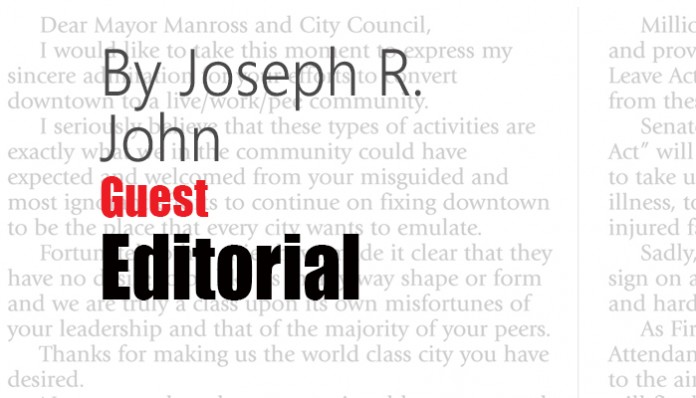The surprise attack on Pearl Harbor by the Imperial Forces of Japan, executed by Admiral Isoroku Yamamoto’s strike plan “Z”, commenced at 7:48 AM Hawaiian Time. The base was attacked by 353 Imperial Japanese fighters, bomber, and torpedo planes in two waves, launched from six Japanese aircraft carriers. All eight U.S. Navy battleships were damaged, with four sunk. All but the USS Arizona (BB-39) were later raised, and six were returned to service and went on to fight the Imperial Forces of Japan in the WWII. The Japanese also sank or damaged three cruisers, three destroyers, an anti-aircraft training ship, and one minelayer. In addition 188 U.S. aircraft were destroyed; 2,403 Americans were killed and 1,178 others were wounded. However, important base installations such as the power station, shipyard, maintenance, and fuel and torpedo storage facilities, as well as the submarine piers and headquarters building (also home of the intelligence section) were not attacked. Japanese losses were light; 29 aircraft and five midget submarines were lost, and 64 servicemen killed. One Japanese sailor, Kazuo Sakamaki, was captured.
In the wake of the attack, 15 Medal Of Honor, 51 Navy Crosses, 53 Silver Stars, 4 Navy and Marine Corps Medals, one Distinguished Flying Cross, four Distinguished Service Crosses, one Distinguished Service Medal, and three Bronze Star Medals were awarded to the American servicemen who distinguished themselves in combat at Pearl Harbor. Additionally, a special military award, the Pearl Harbor Commemorative medal was later authorized for all military veterans of the attack
Japan’s Prime Minister’s Will Visit Pearl Harbor Today
Japanese Prime Minister Shinzo Abe announced he would travel to Pearl Harbor today, to recognize the 75th Anniversary of Japan’s attack on the home port of the, US Navy’s Pacific Fleet. Prime Minister Abe is the first Japanese leader to visit Pearl Harbor to “pay tribute [and] comfort the souls” of those who died from both countries during World War II. Admiral Isoroku Yamamoto said that Japan’s attack on Pearl Harbor “awoke a sleeping giant”. The attack was labeled “A Day of Infamy” by President Franklin Delano Roosevelt. In the next 3 years, 7 months, and 25 days, the US Armed Forces and their Allies in the Pacific Theatre, defeated the Imperial Forces of Japan. On September 2, 1945, General Douglas MacArthur, USMA ’03, USA, representing the Combined Allied Forces, accepted the “Unconditional Surrender” of the Imperial Forces of Japan aboard the USS Missouri (BB-63) in Tokyo Bay.
Pearl Harbor – 75 years on
An Op Ed, by Admiral James A. Lyons, Jr. USNA ’52, USN (Ret), who was the Commander–in-Chief, of the US Pacific Fleet, and the Senior US Military Representative to the United Nations, exposes the US military personnel who were responsible for failing to alert Admiral Husband E. Kimmel, the Commander-in-Chief of the US Pacific Fleet, and Lt. General Walter Short, who was responsible for the defense of Hawaii, of the pending attack by Japan, were accused of dereliction of duty following the attack. Admiral Kimmel was reduced in rank to Rear Admiral, and retired from the US Navy. Lt General Short was reduced in rank to Major General and retired from the US Army. Admiral Lyons recommends in the below listed Op Ed that Rear Admiral Kimmel and Major General Short have their honor, reputations, and ranks restored by Congress.
Joseph R. John, USNA ‘62
Capt USN(Ret)/Former FBI
Chairman, Combat Veterans For Congress PAC





